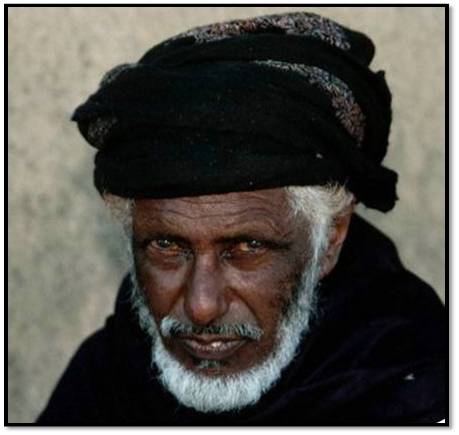Quote:
Originally Posted by muppet

Thus in some areas skin lightened to make more use of the sun sensitivity, when their grains were lacking. In places where the sun doesn't tan so much their skin stays pale.
For example many Middle Easterners, although living in some of the worlds hottest and sunniest places will go very pale if transplanted to be born in northern climes. Ergo many are 'naturally' pale skinned:
  https://shalom.kiwi
https://shalom.kiwi
Likewise vice versa for East Asians moving south, they can occupy both ends of the spectrum
  www.aljazeera.com
www.aljazeera.com |
While people of any background can suntan (well, except for gingers) with enough exposure, most differences in skin color come down to genetics. An easy way to see this is to look at Native Americans. When they migrated into the Americas from Siberia, many of the genes for very dark skin had already been purged from their gene pool - presumably because it wasn't adaptive so far north. Once they were purged, they couldn't easily re-evolve dark skin again. This makes sense, because its easier to break a gene for generating melanin through random mutation than it is for random mutation to fix it again. Regardless, there is not a tremendous difference in skin color between Native Americans who live in northern Canada and by the equator, despite the latter group getting just as much solar radiation as Africans.
So, the Yemeni you posted has black skin because he has different genes for pigmentation than most Middle Easterners. Similarly, really dark skinned Southeast Asians exist because before the expansion of agriculture from southern China, everyone in Southeast Asia pretty much looked "black."